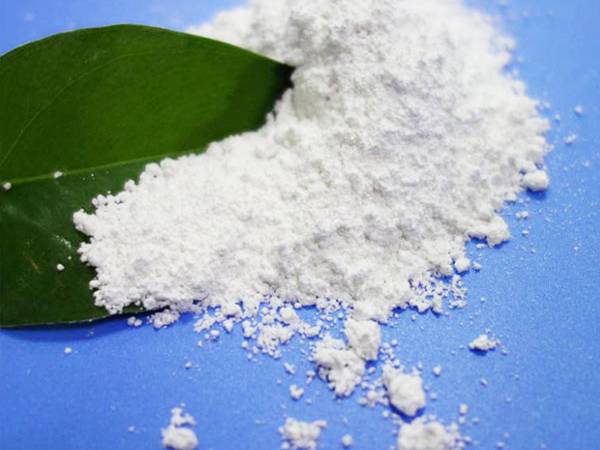



pool chemical treatment
Understanding Pool Chemical Treatment Keeping Your Water Clean and Safe
Maintaining a swimming pool is not just about aesthetics; it is crucial for the health and safety of its users. One of the vital aspects of pool maintenance is the appropriate chemical treatment, which ensures that the water remains crystal clear, hygienic, and safe for swimming. This article delves into the importance of pool chemical treatment, the common chemicals used, and tips for effective management.
The primary purpose of chemical treatment in swimming pools is to control water quality by eliminating harmful bacteria, viruses, and other contaminants. Pool water can be a breeding ground for pathogens, especially during peak swimming season. Regular chemical treatment helps to keep chlorine levels balanced and prevents the growth of algae, ensuring that the water remains safe for all who enter it.
Chlorine is perhaps the most well-known chemical used in pool treatment. It serves as a disinfectant by killing bacteria and neutralizing harmful algae. There are different forms of chlorine available for pool treatment, including tablets, granules, and liquid. The choice of chlorine type depends on the specific needs of the pool, such as its size and usage frequency. Maintaining an appropriate chlorine level—typically between 1 to 3 parts per million (ppm)—is essential for effective sanitization.
Another crucial chemical in pool maintenance is pH balancing agents. The pH level of pool water should be kept between 7.2 and 7.8. If the pH is too low, it can lead to corrosion of pool equipment and irritation of the skin and eyes. Conversely, a high pH level can cause scaling and cloudiness. The use of pH increasers (such as sodium carbonate) and pH decreasers (like sodium bisulfate) helps to maintain the ideal balance, ensuring a comfortable swimming environment.
pool chemical treatment

Stabilizers, such as cyanuric acid, are also vital in pool chemical treatment. They protect chlorine from being degraded by sunlight, which helps to maintain chlorine levels for longer periods. This is particularly important for outdoor pools, where UV rays can rapidly reduce the effectiveness of chlorine.
Moreover, algaecides are chemical treatments specifically designed to prevent and eliminate algae growth in pools. While chlorine is effective against various contaminants, it does not always prevent algae, especially in warmer months. Using an algaecide as a preventive measure can save pool owners costly clean-up efforts down the line.
Regular testing of pool water is a crucial practice for effective chemical treatment. Test kits are readily available and can provide quick results regarding the water's pH, chlorine levels, and other important parameters. Ideally, water should be tested at least once a week, and more frequently during heavy usage periods.
In conclusion, pool chemical treatment is an essential aspect of maintaining a safe and enjoyable swimming environment. By understanding the roles of different chemicals and diligently monitoring water quality, pool owners can ensure their pools remain inviting and healthy spaces. A little knowledge and regular maintenance can go a long way in enhancing the swimming experience for everyone.
-
How and Why to Disinfect Water Softeners for Safe, Reliable WaterNewsNov.24,2025
-
Effective Deionized Water Disinfectant Solutions for Healthcare & Industrial UseNewsNov.24,2025
-
Commonly Used Disinfectant for Drinking Water – Global Uses & InnovationsNewsNov.23,2025
-
Chemical to Disinfect Water – Essential Solutions for Safe, Clean Drinking WaterNewsNov.23,2025
-
Blue Water Disinfectant: Safeguarding Global Water Quality with InnovationNewsNov.22,2025
-
Bleaching Powder for Water Disinfection – Affordable & Effective Water Treatment SolutionNewsNov.22,2025
-
Bleaching Powder Drinking Water: Effective, Affordable Disinfection WorldwideNewsNov.21,2025










